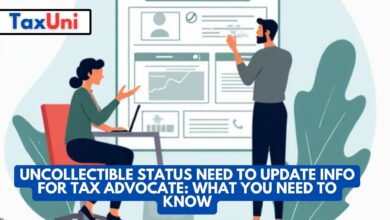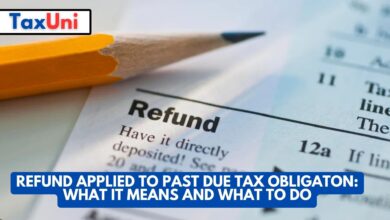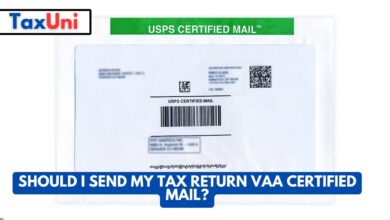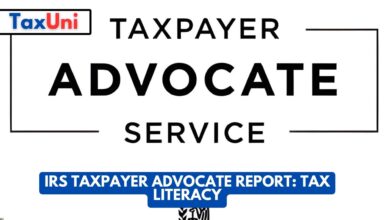Pub 936
Mortgage interest is one of the most common deductions claimed by individuals on their tax returns. However, various rules and limitations must be followed when calculating this Deduction. For more information on mortgage interest allocation, visit IRS Publication 936.
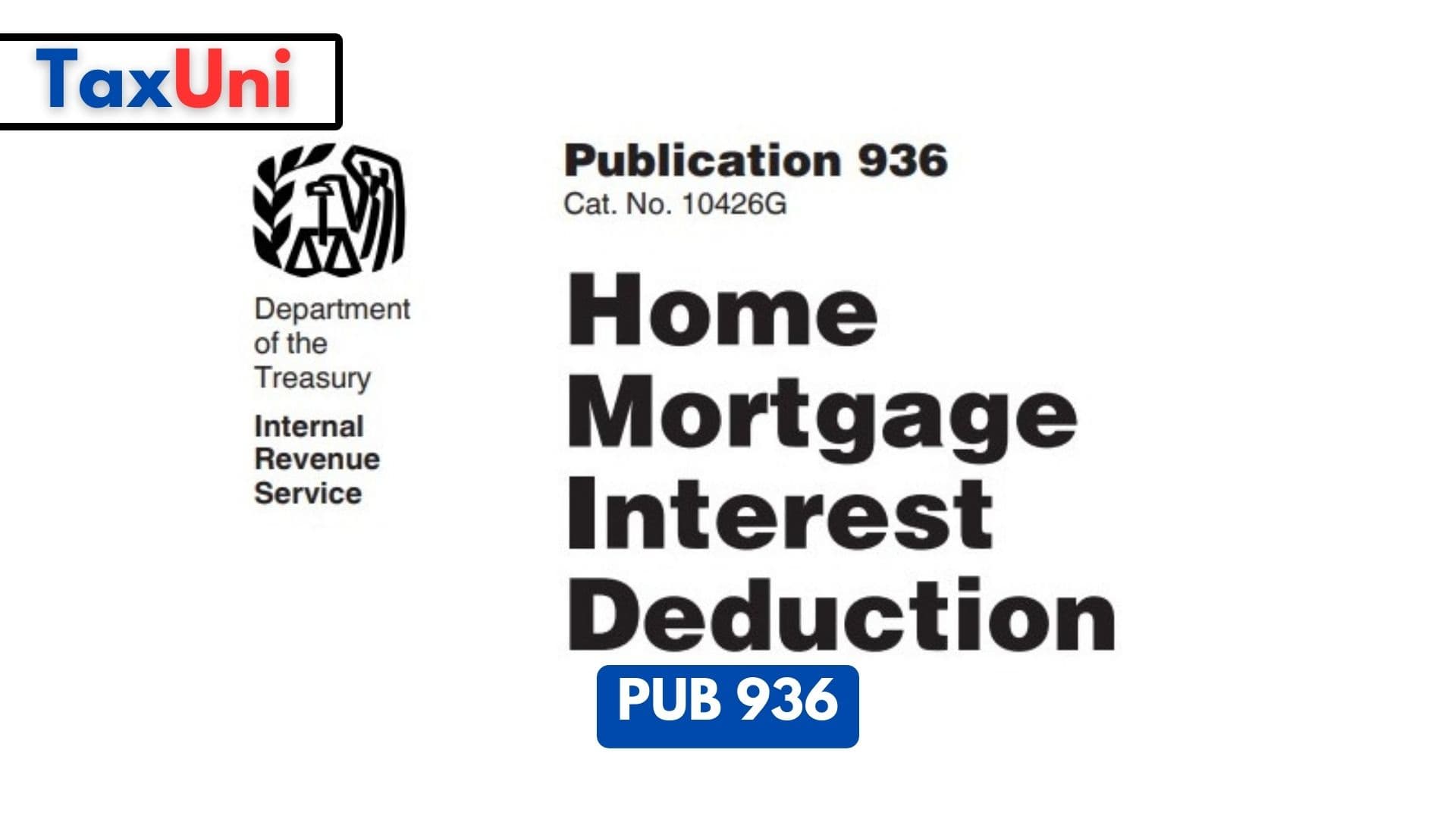
IRS Publication 936, Pub 936 for short, is a document published by the Internal Revenue Service (IRS) in the United States. It provides guidance and information regarding the deductibility of mortgage interest on a taxpayer’s federal income tax return. Specifically, Pub 936 focuses on the rules and requirements for deducting mortgage interest expenses associated with a qualified residence, which can include a taxpayer’s main home and a second home. It explains the eligibility criteria, allowable deductions, and limitations related to mortgage interest deductions. It’s important to note that IRS publications are not the same as tax law. They serve as explanatory guides to help taxpayers understand and comply with the tax code. If you have specific questions or need advice regarding your individual tax situation, it’s recommended to consult a tax professional or refer to the most up-to-date tax regulations and forms provided by the IRS.
The mortgage interest deduction is one of homeowners’ most common tax breaks. However, it’s important to understand the stipulations involved before using this tax deduction. The following information from Publication 936 (Pub 936) and other IRS documents can help you determine whether the mortgage interest deduction is right for you. Generally, mortgage interest paid for the taxable year is deductible on Schedule A as qualified mortgage interest. This includes debt incurred to buy, build, or substantially improve the home that secures the loan. There is a $1 million limit on this type of debt. Interest on a second home is deductible if the borrower meets the same deductibility tests as for a primary residence. This also applies to mortgage debt incurred for a qualified disaster home loan.

Pub 936 Home Mortgage Interest Deduction Limits
As Pub 936 mentions, you can deduct mortgage interest paid on a loan secured by your main home or a second home. A second home includes a condo, co-op apartment, house trailer, boat, or similar property with sleeping, cooking, and toilet facilities. You can also treat a new home under construction as a qualified home for 24 months starting the day you build it. The lender or servicer should send you Form 1098, showing your total interest for the year.
If you refinanced your home, and the proceeds weren’t used to buy, build, or substantially improve the home, you can spread the points you paid ratably over the life of the new mortgage. However, you can fully deduct the points you paid if they meet all the tests described in Deduction Allowed in Year Paid earlier. There are additional special rules that apply if you use a portion of your home for business, have an FHA-insured mortgage, or qualify for a Hardest Hit Fund or Emergency Homeowners’ Loan Program administered by a state or the Department of Housing and Urban Development. Check Publication 936 for details.
| Pub 936 | 2025 | 2024 | 2026 |
|---|---|---|---|
| Maximum Mortgage Debt for Interest Deduction | $750,000 (or $1 million for certain qualified residences) | $750,000 (or $1 million for certain qualified residences) | $750,000 (or $1 million for certain qualified residences) |
| (Married Filing Jointly) | (Married Filing Jointly) | (Married Filing Jointly) | |
| $375,000 (or $500,000 for certain qualified residences) | $375,000 (or $500,000 for certain qualified residences) | $375,000 (or $500,000 for certain qualified residences) | |
| (Married Filing Separately) | (Married Filing Separately) | (Married Filing Separately) | |
| Mortgage Origination Date for Deductible Interest | On or before [December 15, 2024] | On or before [December 15, 2024] | On or before [December 15, 2024] |
| Mortgage Points Deductible | Yes | Yes | Yes |
